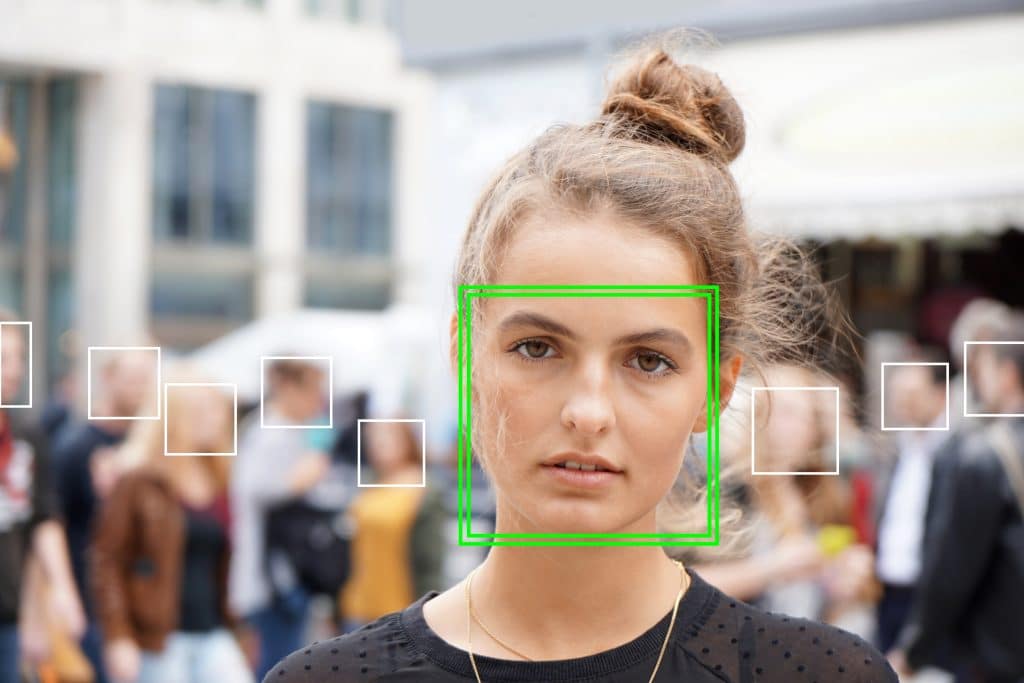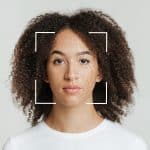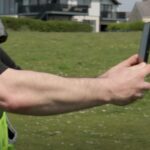New NIST FRTE evaluations see strong showing from Idemia on mugshots

They say the proof is in the pudding, but when it comes to biometric identity verification, the proof is actually in the testing and independent benchmarking. It’s one thing for a company to say their technology works, but third-party evaluations take the guessing work out of the equation, providing a living statistical picture of how various algorithms perform against sophisticated spoofing attempts like presentation attacks and morphing attacks.
Idemia is consistently in the top contenders on the National Institute of Standards and Technology (NIST)’s Face Recognition Technology Evaluation (FRTE). That stands in the latest FRTE 1:N Verification results, wherein Idemia’s identification algorithm places in the top ten across mugshot and visa datasets, with particularly strong showings in frontal mugshots and webcam mugshots. In the recently published FRTE 1:1 Verification, the firm’s algorithm shows similar consistency.
A new blog post from Idemia Public Security features thoughts from company CTO Vincent Bouatou about the importance of independent benchmarking in establishing leadership in the field.
“Independent benchmarking is crucial for assessing the accuracy, fairness, and reliability of biometric technologies,” Bouatou says. “By evaluating systems on sequestered data, these tests provide an unbiased view of performance, confirming that technologies meet high standards. Idemia Public Security leads in facial recognition matching accuracy, but we also prioritize fairness and inclusivity. Our facial identification algorithm has reached a level of efficiency where biases are no longer measurable, a claim few can confidently make.”
Bouatou says that regular independent testing encourages continuous improvement in the industry, by highlighting areas in which companies need to invest in R&D, to prevent progress from stagnating. But it also provides a safety net in terms of compliance with regulations designed to map an ethical framework for biometrics and IDV.
“Compliance with national and regional regulations reinforces fairness, guaranteeing that systems not only perform well but also adhere to legal and ethical standards,” he says. “These independent assessments foster a transparent, responsible ecosystem, building trust and encouraging widespread adoption across industries like security, travel, and physical and logical access control.”
As an example, he points to systems like eGates and kiosks, for which “image quality directly impacts recognition accuracy, and independent testing makes sure systems can handle challenges such as lighting, alignment, and clarity.”
For Idemia, top rankings in the NIST evaluations translates to a reputation for trustworthiness. The French company has continuously participated in NIST benchmarking for iris, face, fingerprint and palmprint recognition. According to Bouatou, its 1:N facial recognition algorithm achieved the highest accuracy and fairness scores in the 2024 Face Recognition Vendor Test (FRVT). “In the same year, we also ranked number one in the NIST Proprietary Fingerprint Template (PFT), Age Evaluation Verification (AEV), and Evaluation of Latent Fingerprint Technologies (ELFT) tests.”
Bouadou also points to NIST’s Face in Video Evaluation (FIVE), an initiative designed to assess the accuracy and robustness of facial recognition algorithms in video sequences, which are “instrumental for sectors like security, law enforcement, and public safety.”
The trust earned from posting consistent top benchmarking scores puts Idemia in a good position to work with law enforcement.
“Our leading position in ELFT means that forensic investigations can be conducted more efficiently, allowing law enforcement agencies to solve criminal cases faster. Similarly, the number one ranking in PFT evaluations enables seamless one-to-one fingerprint verification, strengthening national security measures such as border control and secure access management.”
“We continue to demonstrate a commitment to innovation that supports the evolving needs of law enforcement and public security agencies by improving the accuracy and efficiency of our fingerprint recognition algorithms.”
Article Topics
biometric testing | biometrics | Face Recognition Technology Evaluation (FRTE) | facial recognition | IDEMIA | Idemia Public Security | NIST







Comments